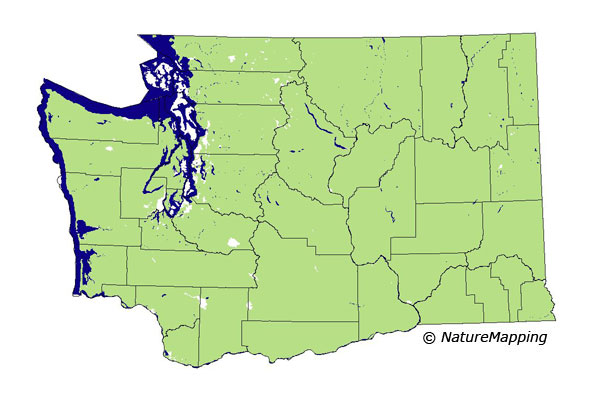


Long-tailed Weasel (Mustela frenata)
Description: Weasels have a reddish-brown summer coat except for a yellowish-white belly. They shed their summer coats during early fall and replace them with lighter colored winter coats. Some long-tailed weasels in Illinois are nearly all white in the winter time helping them blend in with the snow and protecting them from predators. When the weather gets warmer weasels begin to molt their lighter winter coats for darker coats.
Size/Weight: Male Long-tailed Weasels are larger (13-16 inches in length; 6-16 oz) than females (11-14 inches in length; 3-9 oz). Their tails are nearly half the size of their head and body combined. Range/Habitat: Long-tailed weasels live in many different environments such as the woods, thickets and places with agricultural fencing. They are most comfortable in places with plenty of water and a high rodent population. Their nests are usually found in rock piles, junk heaps, abandoned buildings, and old burrows dug by mice, ground squirrels, moles, or chipmunks. Diet: Long-Tailed Weasels eat mice, rats, voles, squirrels, chipmunks, shrews, moles, and rabbits. Sometimes they will eat birds, bird eggs, snakes, frogs, and insects. They use tunnels made by other animals to hunt for their food. Behavior: Long-Tailed Weasels make loud chirps when they are frightened or ready to attack. They will utter a low trilling sound when participating in a friendly meeting between a male and a female. The same trilling sound also calls baby weasels to their mothers. Weasels can be seen during daytime, but are most active at night. Weasels bounce up and down in a running motion with their backs arched like a bridge and their tails held straight out. They also swim expertly and climb trees with particular ease.
Animal silhouettes available to purchase » Home | About Us | How to Participate | Biodiversity Modules | Projects | Maps | News | Resources |